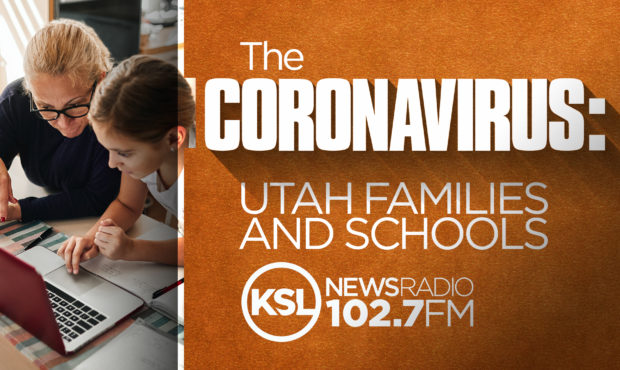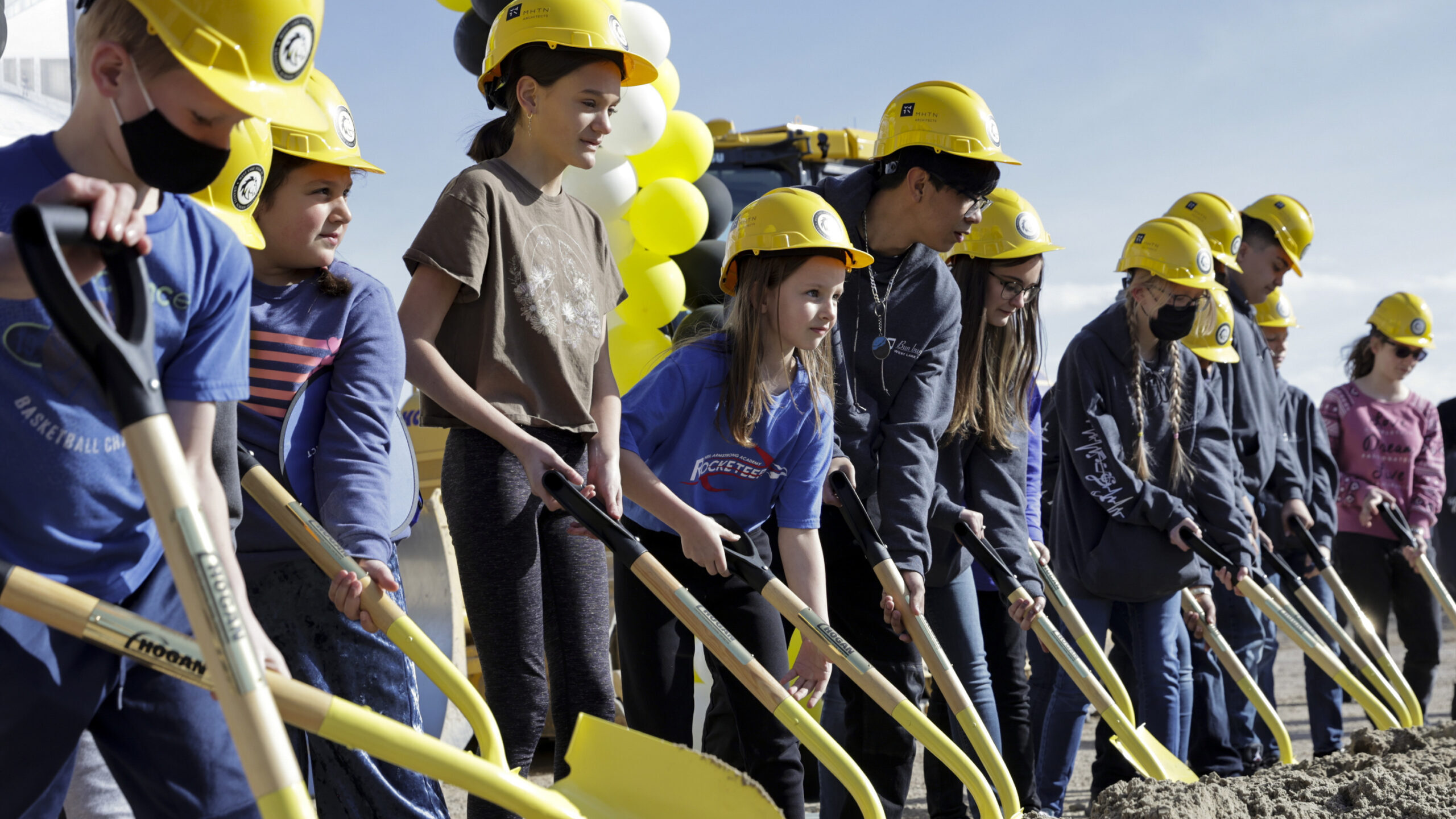School districts adjusting air conditioning systems to slow the spread of COVID-19
Aug 11, 2020, 7:15 AM | Updated: 10:16 am

SALT LAKE CITY – The first day of school is less than a couple weeks away for some students. Health care officials say the number of kids being diagnosed with COVID-19 is on the rise, and educators are trying to ensure the school buildings, themselves, don’t contribute to the spread of the virus through the air conditioning systems.
A recent study from the American Academy of Pediatrics shows children make up 8.8% of all COVID-19 patients across the U.S. That percentage has been increasing every week since April. In July, health workers in Utah noticed a surge in pediatric cases, matching what we saw in other parts of the country. However, University of Utah Chief of Pediatric Infectious Disease Andrew Pavia says the report really doesn’t address why the surge is happening. One possibility could be that testing has become more accessible.
“In March and April, we were pretty strict in who we tested because testing was so limited. So, we tested people who had symptoms, and generally had pretty severe symptoms,” according to Pavia
Pavia says it could also be due to people meeting in larger groups since Memorial Day, but, right now, all doctors can do is make educated guesses. The good news is that in Utah, numbers of new cases are dropping.
“Over the last seven or eight days, it does seem as if it’s going down a bit, particularly if you restrict it to Salt Lake County, where it’s going down very nicely,” he says.
The COVID-19 outbreak has educators and health officials changing the way they look at something like air conditioning, ventilation and filtering. Canyons School District Facilities Director Rick Conger says they had to upgrade the filters they use in their AC systems.
“It’s not necessarily the thickness of filter. It’s the actual media that’s inside that filter, how tight it is and how much air it allows to push through,” Conger says.
Plus, they decided to change how long they leave the systems running so they can get a completely different air supply in every three hours. For instance, in elementary schools, they leave them running from 5 a.m. to 8 p.m
He says, “In the middle schools, high schools and our other buildings, we’ve adjusted those set times to 5 a.m. to midnight.”
American Academy of Pediatrics Utah Chapter President Paul Wirkus says getting fresh air into the classrooms could go a long way in keeping kids healthy.
“The more air is recirculated, as opposed to being drawn in from the outside, the greater the risk that the virus is redistributed,” Wirkus says.
However, Wirkus says it’s hard to be certain how this virus will spread, since it’s behaving differently than other coronaviruses, like SARS.
“[SARS] was easier to contain and has been easier to contain, but this one is much more infective. So, it ends up being passed around more easily.”
Inside Sources: Help refugee students in Utah get back to school













